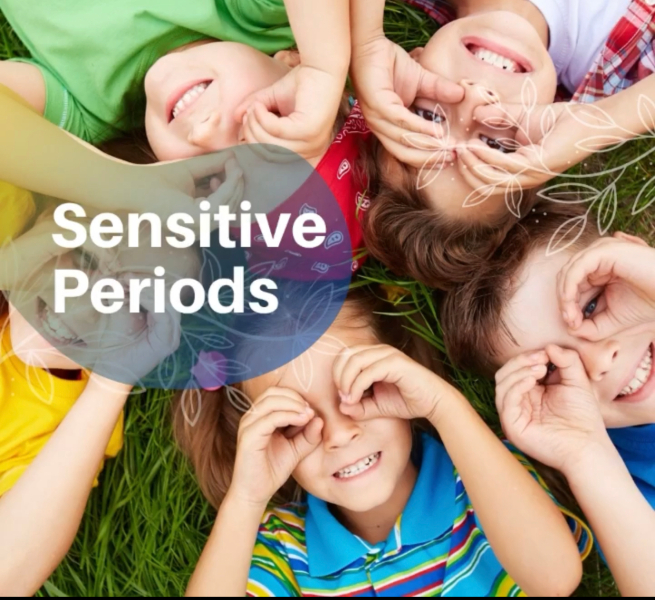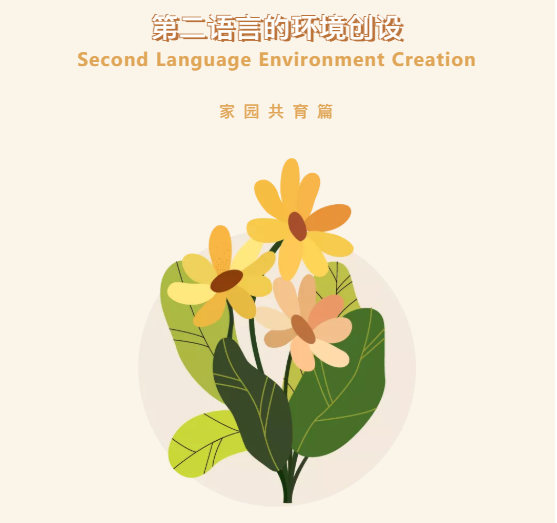
Kids’ language sensitivity usually occurs at the age from 0 to 6. At this stage, the baby began to look at adult mouth to speak and will try to mumble a lot of words. In fact, this child is imitating the intonation and pronunciation of adults in preparation for speech. With a good language environment and an absorbing mind, children can naturally master their mother language. While what can parents do to provide a suitable environment for their children to master a second language? Dr. Montessori gives some advises in her book, and today let’s share these words together.
孩子的语言敏感期通常发生在0到6岁。在这个阶段,婴儿开始看着大人的嘴说话,并会尝试喃喃自语很多单词,其实这是孩子在模仿成人的语调和语音为说话做准备。在良好的语言环境与吸收性心智共同作用下,孩子可以非常自然地掌握第一语言——母语,但与此同时,父母应该如何为处在语言敏感期的孩子提供适宜的环境帮助孩子更好地掌握第二语言呢?蒙特梭利博士在原著中给出一些建议,今天我们就一起来分享一下。
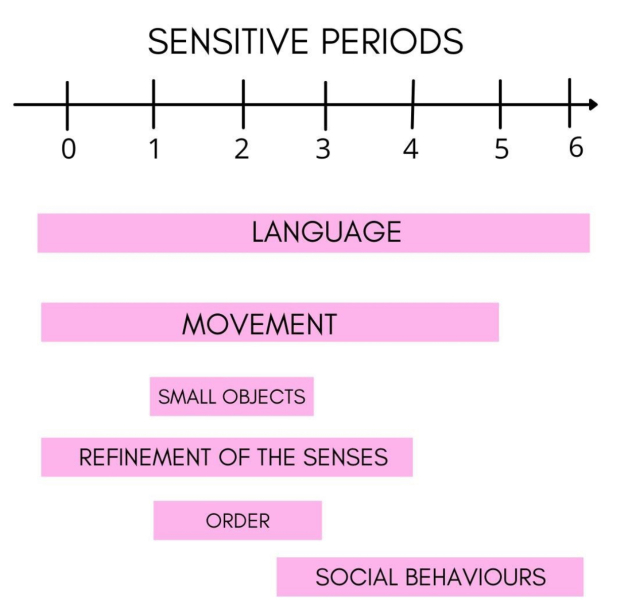
Foundation Course
(Children 0-6 years of age)
语言基础学习阶段(0-6岁)
The best time to introduce a second language to a child would be during the first year of his life when he is absorbing the language or languages of his environment. At that time it would only be necessary that one person consistently speak in one language to the child whereas the second person speak always in another language. The child would thus be able to absorb both languages, their vocabulary and their syntax unconsciously.
第二语言开始融入孩子生活的最佳时间是在他/她出生的第一年,因为这个年龄段的孩子正处在不断吸收语言或吸收存在于他周围环境内所有语言的阶段。在这段时间里我们一定要注意双语环境中父母使用语言的固定性,即其中一个人一直用同一种语言与孩子交流,而另一个人保持用另一种固定语言。这样孩子就能无意识地吸收两种语言,无论是词汇还是语法。
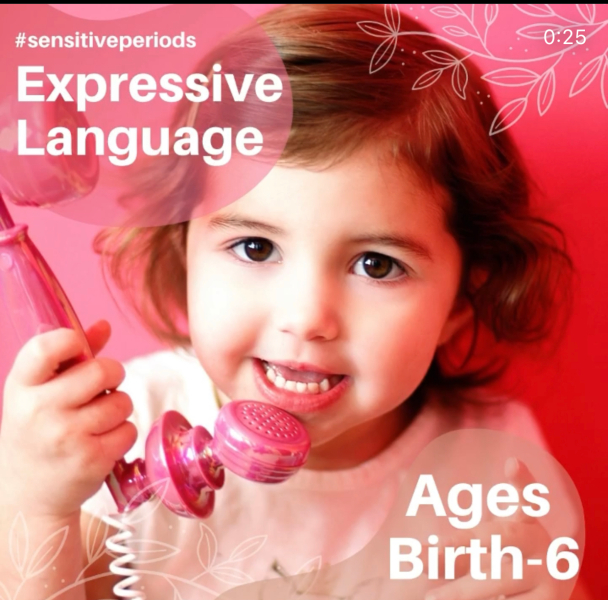
Unfortunately the children who enter the Montessori environment have passed the stage of unconscious absorption. They have already perfected one language. As Dr. Montessori says in The Absorbent Mind, (page 121, Dell Publishing Inc.) “The child is truly a miraculous being In two years this mite has learned everything.… “ This refers to the acquisition of the first language. When the child has acquired one language and is confronted by a second language, we have to make sure that the second language and the first language are not intermingled. A specific day or time for the second language acquisition avoids confusing the child.
但是对大多数孩子来说,当他们进入到蒙特梭利环境的时候(幼儿园)其实已经度过了自己无意识吸收心智的阶段。也就是说,他们在进入蒙特梭利环境以前就已经熟练掌握了一种语言。正如蒙特梭利博士在《吸收的头脑》中所说:“孩子在生命的前2年就学会了一切,这难道不是个奇迹吗!”这里主要指的是第一语言的习得。当孩子已经习得一种语言并面对第二种语言时,我们必须确保第二语言和第一语言没有混在一起。要做到这一点,父母可以通过设定专门学习第二语言的学习日或第二语言学习时间来避免让孩子感到困惑。
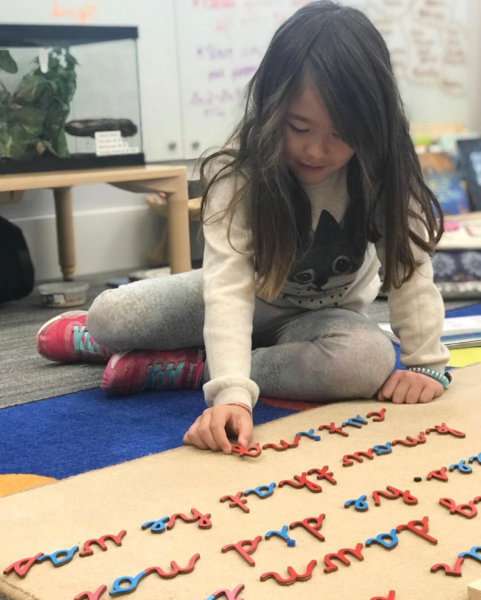
Furthermore, the lessons have to be short and interesting. The younger the child the more concrete materials should be used for introducing new vocabulary. This method can be used to introduce any second language.
同时,语言学习的课程应该是简短而有趣的。当给小龄段孩子介绍新词汇时,尽量使用能看到、能触摸到的具体的材料。这是第二语言学习常用的方法之一。
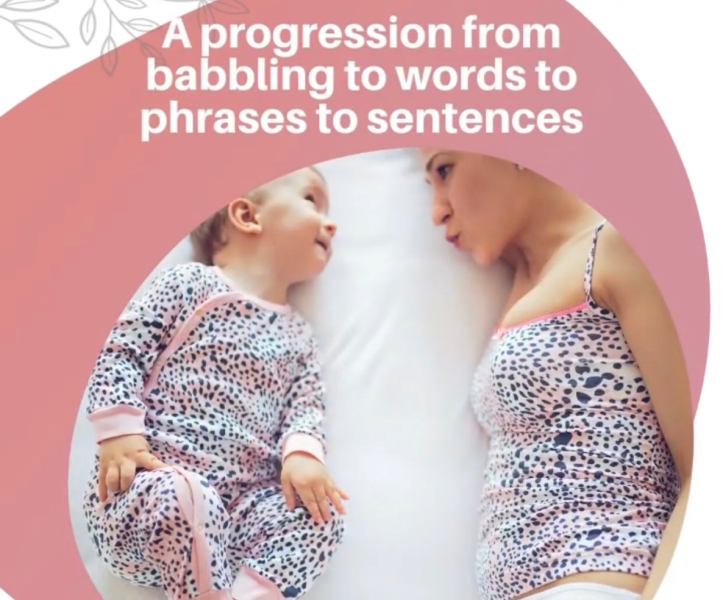
In order to allow the child to achieve his full potential also in the second language, the second language should be introduced as soon as possible, since, as Dr. Montessori says, “The development of articulate language takes place in the period between the age of two and the age of seven; the age of perceptions in which the attention of the child is spontaneously turned towards external objects, and the memory is particularly tenacious…' (page 315. The Montessori Method, by María Montessori, published by Schoken Books, U.S.A.)
为了激发孩子语言学习方面的天赋,第二语言的学习越早开始越好。蒙特梭利博士说过:“2岁到7岁是儿童发展语言的关键时期,这段时期儿童的注意力开始自发地转向外部的环境,开始吸收环境中的语音、语义。并且,拥有超强的记忆力记录身边的所有声音。”
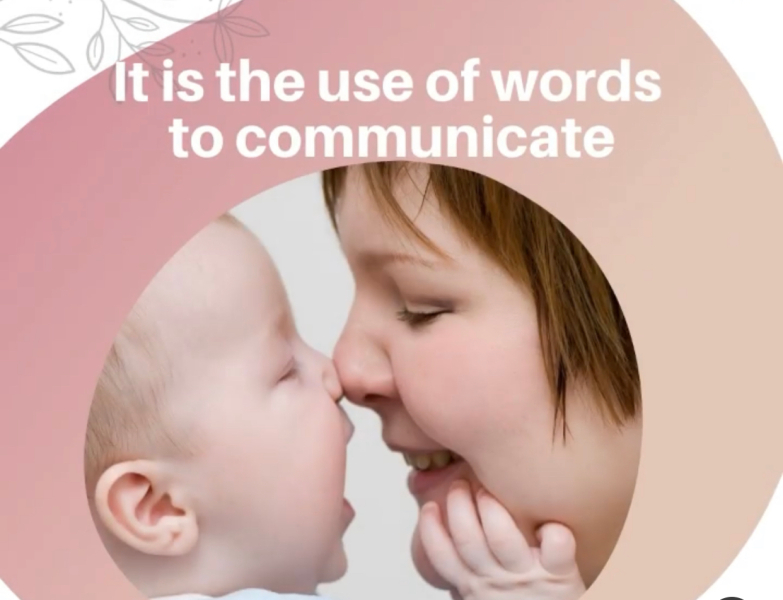
As for the specific methods and sequence of learning a second language during the language sensitive period,we will share more about this in our next article.
关于在孩子语言敏感期学习第二语言的具体方法和顺序,我们将在下一篇里进行进一步的分享。
